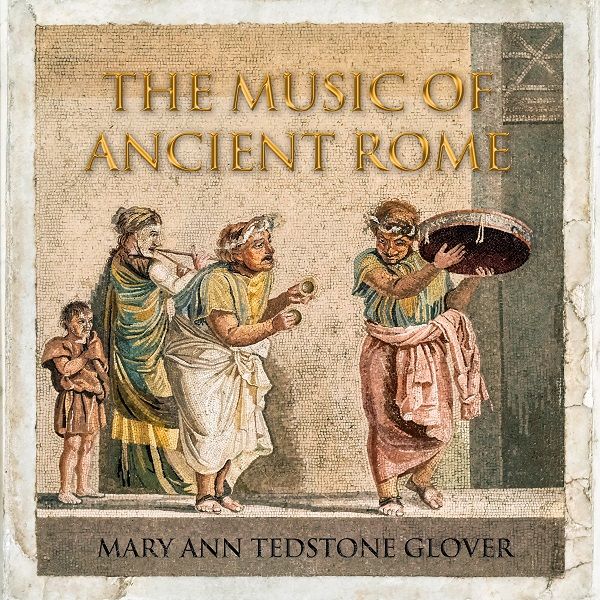While classicists and archaeologists have pieced together a history of ancient Rome from a number of perspectives: social and cultural, economic and political, the civilisation which stands as the cornerstone of our modern history has largely remained silent.
People are living their lives today surrounded by music. From the car radios and TV ads which paint the background to today, to the music people hear on special occasions, at weddings, funerals and even music festivals.
And so too it was for the Romans. But for a range of reasons, until now, there was no real comprehension as to the sound-track of ancient Rome.
Ancient Roman notation existed but was not well understood. Recently discovered instrument fragments amounted to little more than a jigsaw with no completed article to reference.
Hints lay in vases, literature, paintings and pottery, but as there was no way of recording what our forebears heard, no clear road map existed to recreate it. Until now.
One solitary PhD researcher has doggedly followed the trail of clues to its ultimate conclusion. Imagine for a moment a sonic tapestry in which long unheard instruments have been recreated, clues uncovered and notation unravelled.
Imagine if world class acapella singers, whose harmonies have been heard on world class movies such as The Lord of the Rings, had received lessons in Latin from Oxford professors so that not only the keys and modes in which they sing are authentic, but their Latin accents perfect. Imagine no more.
In this first volume of The Music of Ancient Rome, Mary Ann Tedstone Glover, in association with Integrity Publishing Ltd, brings the mood music of ancient Rome to life for your listening delight. The album was released digitally on Sept 17 and will be physically on Nov 19.
